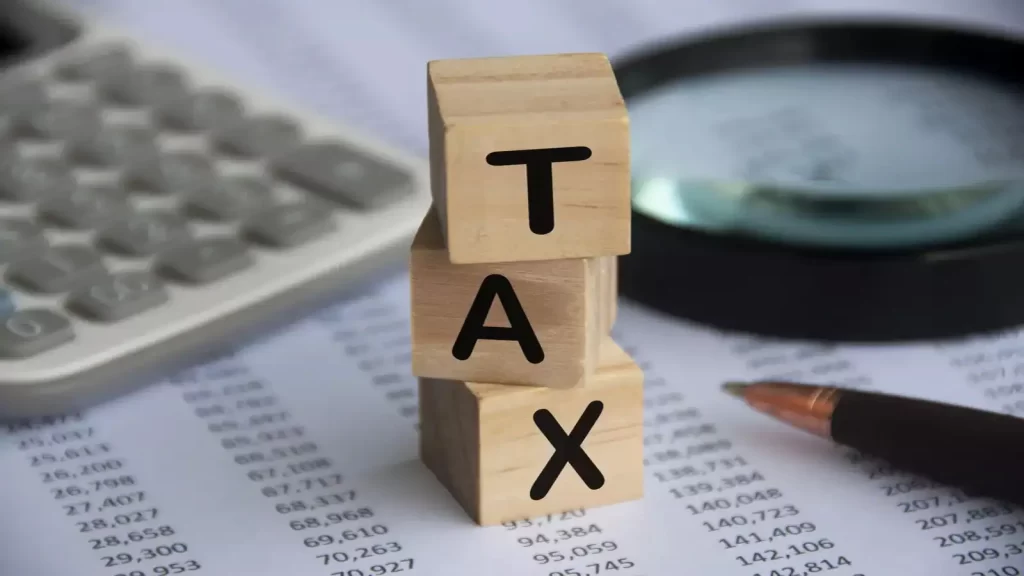In a startling revelation that underscores India’s ongoing challenge with tax compliance, data from the Income Tax Department shows that only about 2% of the population files income tax returns and contributes to the direct tax pool. This figure, despite marginal improvements over the years, has raised significant concerns among economists and policymakers, especially in a country with a population exceeding 1.4 billion.
According to official estimates, roughly 7 crore individuals filed income tax returns (ITRs) for the financial year 2023-24, but only around 2.5 crore actually paid any tax after exemptions and deductions. This translates to approximately 2% of the total population, reaffirming a long-standing trend that India’s direct tax base remains extremely narrow.
A Heavy Burden on a Few
India’s tax-to-GDP ratio remains at a modest 11.7%, significantly lower than many developed and emerging economies. Of this, a substantial share is driven by corporate tax and indirect taxes like GST, while individual income tax contributes a relatively smaller portion. Experts argue that the country’s high reliance on indirect taxation disproportionately affects the lower and middle-income groups.
“India’s income tax system has a progressive structure, but its impact is limited when so few people actually pay taxes,” said Prof. Arun Kumar, economist and author of The Black Economy in India. “There is a critical need to expand the taxpayer base while ensuring that existing taxpayers are not overburdened.”
Why So Few Taxpayers?
Several factors contribute to the low percentage of taxpayers:
- Large Informal Sector: Over 90% of the Indian workforce is employed in the informal sector, where income is often unreported or below the taxable threshold.
- Agricultural Income Exemption: A significant portion of income in rural India is derived from agriculture, which is exempt from income tax.
- Widespread Tax Evasion: Loopholes, underreporting of income, and a cash-driven economy also fuel rampant evasion.
- Income Inequality: The latest Oxfam report notes that the top 10% of Indians hold over 77% of the national wealth, pointing to a highly skewed income distribution.
The Way Forward
In the recent Interim Budget 2025, Finance Minister Nirmala Sitharaman emphasized digital integration and artificial intelligence in tax governance to improve compliance. “The use of AI-based data analytics has enabled the government to identify high-value transactions and potential tax evaders,” she stated.
The government also plans to expand the use of Aadhaar and PAN linking, tighten audit mechanisms, and promote voluntary disclosure schemes. However, critics argue that enforcement alone won’t solve the issue unless it is paired with structural reforms, improved taxpayer services, and simplification of the tax filing process.
Public Sentiment and the Need for Awareness
Many middle-class taxpayers have voiced frustration that a small group bears the brunt of the national tax burden while others remain outside the net. “We need a fairer system where more people contribute, especially those making unreported income,” said Mumbai-based IT professional Radhika Sharma.
To build a more inclusive economy, experts say India must formalize the informal sector, provide incentives for accurate reporting, and improve public trust in how tax revenues are used.
As India eyes a $5 trillion economy goal, expanding its tax base remains not just an economic necessity but a matter of fiscal justice.



